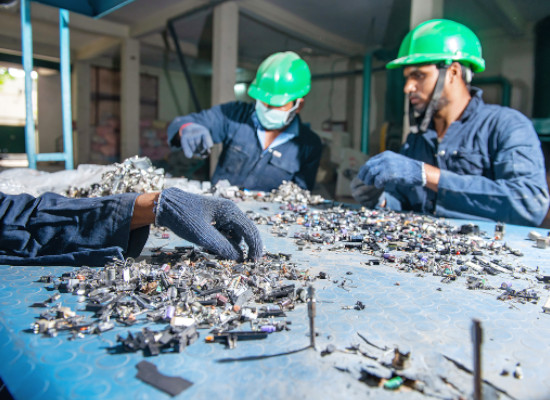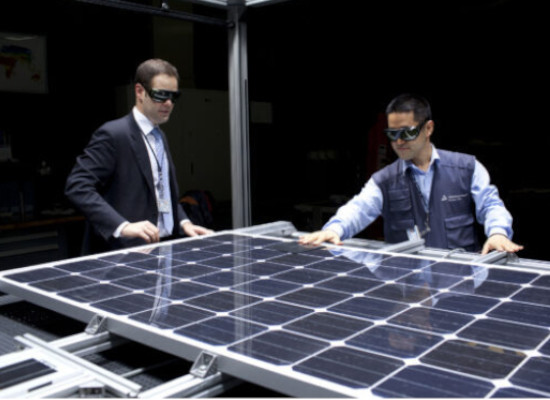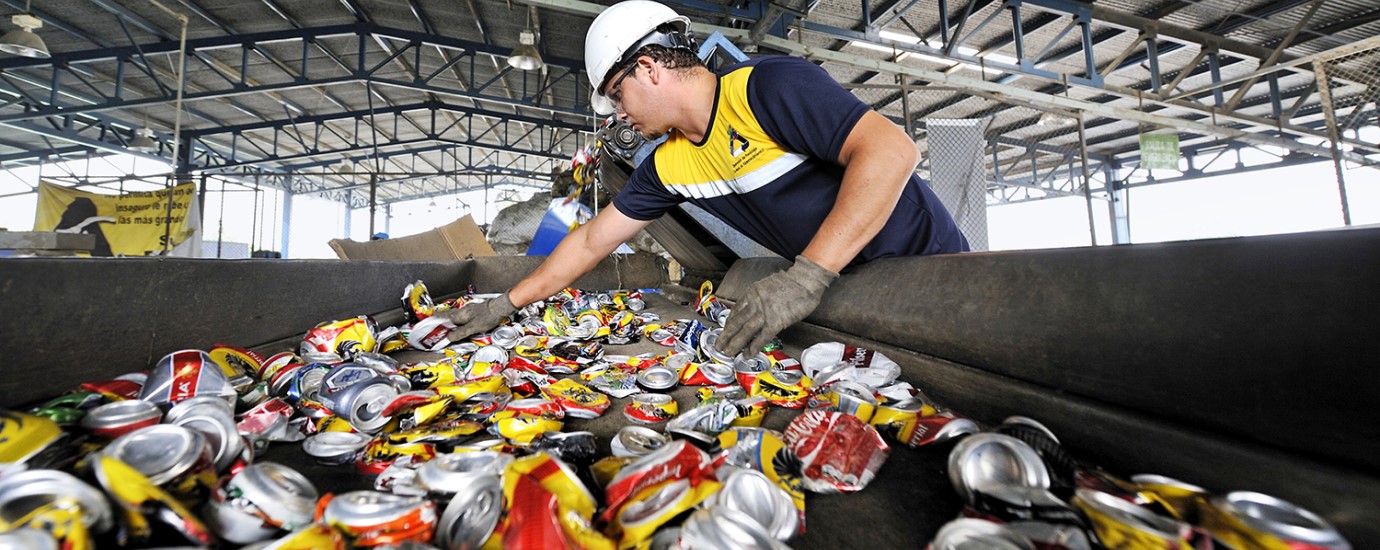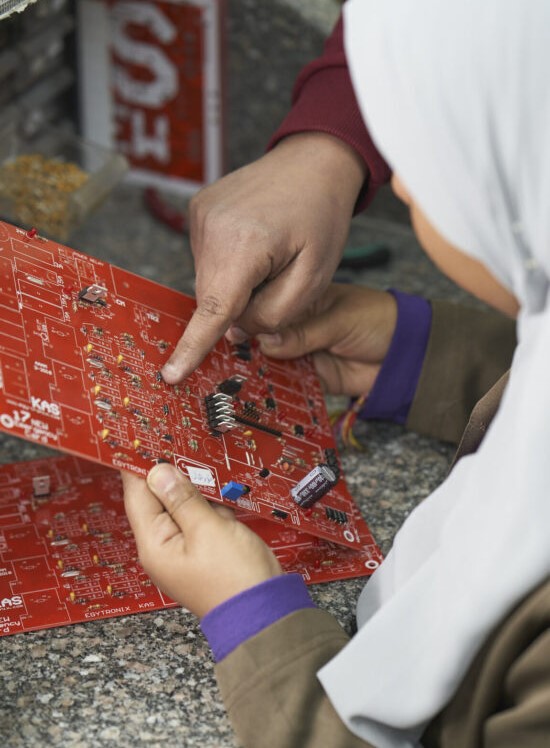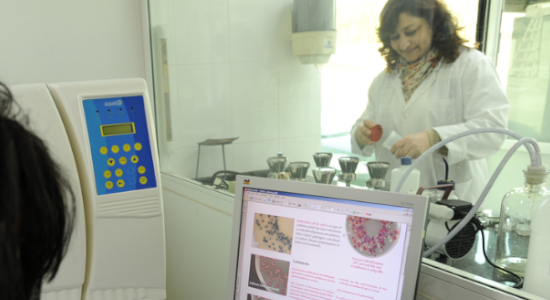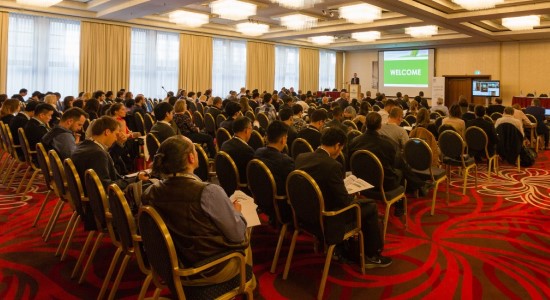Metals as non-renewable, critical resources
Metals play a pivotal role in modern societies. They are used for many products and processes such as electrical wiring, electric motors, generators, wind turbines, photovoltaics, high performance alloys, computers, cars, airplanes, chemicals synthesis, hydrogen economy, strong magnets and many more in different sectors such as transportation and electromobility, communication, digitalization, among others. In other words, they are indispensable for our daily life but also for our standard of living and healthy life.
